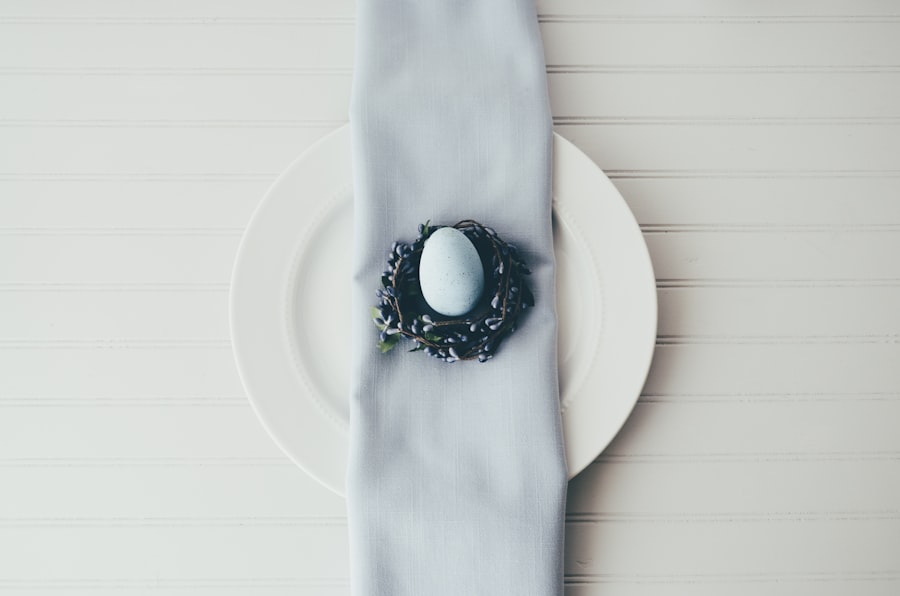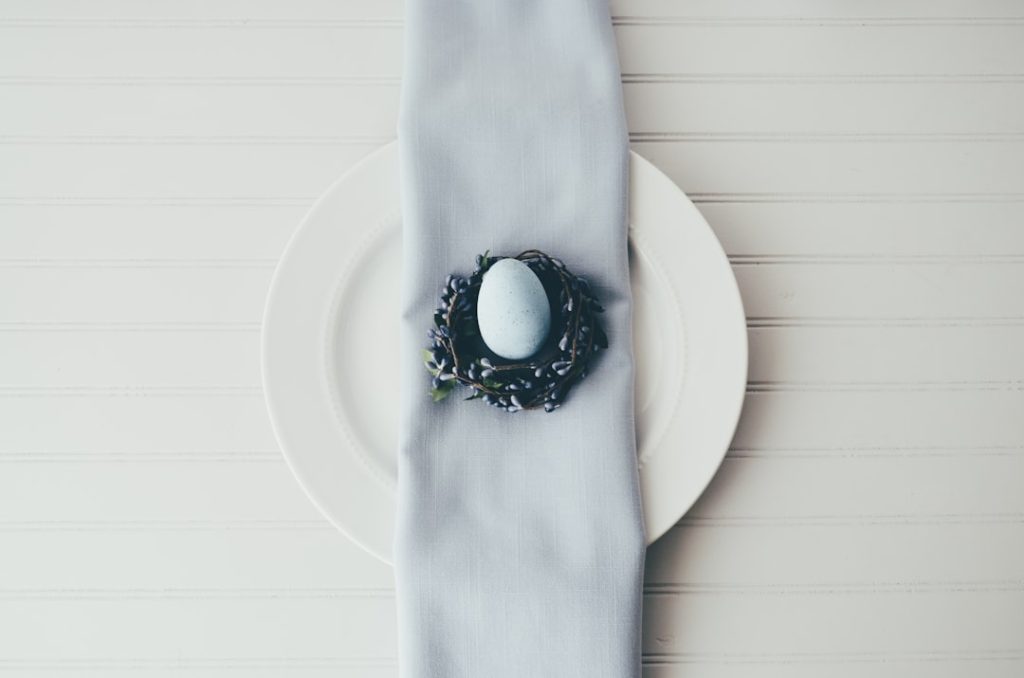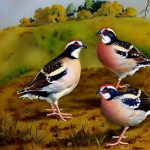Quail breeding is a fascinating and rewarding endeavor that has gained popularity among hobbyists and farmers alike. Quails are small, ground-dwelling birds that belong to the family Phasianidae, which also includes pheasants and partridges. They are known for their delicious meat and nutritious eggs, making them a valuable addition to any farm or homestead. Breeding quails can be a fulfilling experience, as it allows individuals to witness the entire life cycle of these charming birds, from nesting and mating behavior to incubation and hatching process, as well as parental care and rearing of chicks.
Quails are relatively easy to breed, making them an ideal choice for beginners in poultry farming. They are hardy birds that require minimal maintenance and space, making them suitable for small-scale operations. Additionally, quails reach sexual maturity at a young age, with some breeds being ready to breed as early as six weeks old. This means that quail breeders can quickly establish a breeding program and start producing eggs and meat within a short period of time. With the right knowledge and resources, quail breeding can be a profitable venture that provides a sustainable source of protein for the breeder’s family or community.
Table of Contents
Key Takeaways
- Quail breeding involves understanding nesting and mating behavior for successful reproduction.
- Incubation and hatching process requires proper temperature and humidity control.
- Parental care is crucial for the survival of quail chicks, including providing food and protection.
- Factors affecting breeding success include diet, habitat, and predator control.
- Breeding season and frequency vary depending on the quail species and environmental conditions.
Nesting and Mating Behavior
Quails are known for their unique nesting and mating behavior, which is essential to understand for successful breeding. In the wild, quails are ground nesters, meaning they build their nests on the forest floor or in grassy areas. When kept in captivity, quails will often lay their eggs in secluded areas, such as corners of the coop or under bushes. It is important for breeders to provide suitable nesting boxes or areas for their quails to lay their eggs, as this will help prevent the eggs from being damaged or eaten by other birds.
Mating behavior in quails is also quite interesting to observe. Male quails will often perform elaborate courtship displays to attract females, including puffing up their feathers, bobbing their heads, and making distinctive calls. Once a pair has formed, they will engage in a brief but intense mating ritual, after which the female will lay her eggs. It is important for breeders to provide a balanced ratio of males to females in their quail flock to ensure successful mating and egg production. By understanding the nesting and mating behavior of quails, breeders can create an environment that encourages natural breeding and ensures the health and well-being of their birds.
Incubation and Hatching Process
After the female quail has laid her eggs, it is essential to understand the incubation and hatching process to ensure the successful development of the embryos. Quail eggs typically take around 17-18 days to hatch, during which time they require consistent heat and humidity levels. Many breeders choose to use artificial incubators to hatch their quail eggs, as these devices provide precise control over temperature and humidity, increasing the chances of a successful hatch.
During the incubation period, it is crucial for breeders to regularly monitor the temperature and humidity levels in the incubator, as well as turning the eggs several times a day to prevent the embryos from sticking to the shell membrane. Proper ventilation is also important to ensure the developing embryos receive an adequate supply of oxygen. As the hatch date approaches, breeders should be on the lookout for signs of pipping, which is when the chicks begin to break through the eggshell. Once the chicks have hatched, they should be carefully transferred to a brooder where they can be kept warm and safe while they dry off and fluff up.
Understanding the incubation and hatching process is essential for successful quail breeding, as it ensures the health and viability of the chicks. By providing the right conditions and care during this critical stage, breeders can increase their chances of a successful hatch and raise strong, healthy quail chicks.
Parental Care and Rearing of Chicks
Quail parents are known for their attentive care of their chicks, making them excellent candidates for natural rearing. After hatching, quail chicks are precocial, meaning they are born with their eyes open and are capable of independent movement shortly after hatching. However, they still rely on their parents for warmth, protection, and guidance during their early days.
Female quails are particularly dedicated mothers, often leading their brood around the enclosure in search of food and shelter. They will also use their body heat to keep the chicks warm and protected from predators. Male quails may also play a role in caring for the chicks, providing them with food and protection while the female takes a break.
For breeders who prefer a more hands-on approach, it is possible to raise quail chicks in a brooder with artificial heat sources and specialized chick feed. This method allows breeders to closely monitor the chicks’ development and ensure they receive proper nutrition and care. Regardless of the rearing method chosen, it is important for breeders to provide a safe and comfortable environment for the chicks to thrive.
Understanding parental care and rearing of chicks is crucial for successful quail breeding, as it ensures the health and well-being of the young birds. By observing natural behaviors and providing appropriate care, breeders can raise strong and resilient quail chicks that will grow into productive members of their flock.
Factors Affecting Breeding Success
Several factors can influence the success of quail breeding, including genetics, nutrition, environmental conditions, and disease management. Selecting high-quality breeding stock with desirable traits such as good egg production, strong fertility, and disease resistance is essential for establishing a successful breeding program. Proper nutrition is also crucial for breeding quails, as deficiencies in essential nutrients can lead to poor egg quality and low hatch rates.
Environmental conditions such as temperature, humidity, and lighting can also impact breeding success. Quails are sensitive to extreme temperatures and require a well-ventilated but draft-free environment to thrive. Providing a consistent light cycle can also stimulate breeding behavior in quails, as they are sensitive to changes in day length.
Disease management is another important factor in ensuring breeding success. Regular health checks and vaccinations can help prevent common poultry diseases that can negatively impact fertility and hatchability. Additionally, maintaining good hygiene practices in the coop and nesting areas can help reduce the risk of disease transmission among the flock.
By understanding and addressing these factors, breeders can increase their chances of breeding success and maintain a healthy and productive quail flock.
Breeding Season and Frequency

Quails are known for their prolific breeding capabilities, with some breeds being able to lay over 300 eggs per year under optimal conditions. The breeding season for quails typically begins in early spring when daylight hours increase, signaling to the birds that it is time to start mating and laying eggs. However, with proper lighting and environmental control, quails can be encouraged to breed year-round.
The frequency of breeding in quails can vary depending on factors such as age, genetics, nutrition, and environmental conditions. Younger quails may take some time to reach sexual maturity before they start laying eggs regularly. Providing a balanced diet rich in protein and essential nutrients can help stimulate egg production in quails.
For breeders looking to maximize egg production, it is important to provide a comfortable and stress-free environment for their quails. This includes ensuring adequate space, proper ventilation, clean bedding, and access to fresh water and high-quality feed. By creating an ideal breeding environment, breeders can encourage their quails to lay eggs consistently throughout the year.
Understanding the breeding season and frequency of quails is essential for managing a successful breeding program. By providing the right conditions and care, breeders can maximize egg production and maintain a healthy and productive quail flock.
Conservation Efforts and Challenges in Quail Breeding
Quail populations have been declining in many regions due to habitat loss, predation, hunting pressure, and other human-induced factors. As a result, conservation efforts have been initiated to protect wild quail populations and promote sustainable breeding practices.
One of the main challenges in quail breeding is maintaining genetic diversity within captive populations. Inbreeding can lead to reduced fertility, hatchability, and overall fitness in quails. To address this challenge, breeders should carefully manage their breeding stock by periodically introducing new bloodlines from unrelated birds.
Another challenge in quail breeding is disease management. Quails are susceptible to various infectious diseases that can spread rapidly within a flock if not properly controlled. Regular health checks, vaccinations, biosecurity measures, and proper sanitation practices are essential for preventing disease outbreaks in quail populations.
Conservation efforts in quail breeding also involve habitat restoration and protection initiatives aimed at creating suitable environments for wild quail populations to thrive. This includes preserving grasslands, woodlands, wetlands, and other natural habitats that provide food, shelter, and nesting sites for quails.
By addressing these challenges through responsible breeding practices and conservation efforts, breeders can contribute to the preservation of quail populations while also enjoying the many benefits of raising these charming birds.
In conclusion, quail breeding is an enriching experience that offers numerous rewards for hobbyists and farmers alike. Understanding the nesting and mating behavior of quails is essential for successful breeding programs. Additionally, knowledge of the incubation process and parental care is crucial for raising healthy quail chicks. Factors such as genetics, nutrition, environmental conditions, disease management, breeding season, frequency all play a role in determining breeding success. Conservation efforts are also important in protecting wild quail populations from decline due to various human-induced factors. By addressing these challenges through responsible breeding practices and conservation efforts breeders can contribute to preserving these charming birds while enjoying the many benefits of raising them.
If you’re interested in learning more about quail breeding habits, you may also want to check out this informative article on the importance of the floor of a chicken coop for maintaining a healthy and productive flock. Understanding the best practices for coop flooring can have a significant impact on the well-being and breeding success of your quail. You can read more about it here.
FAQs
What are the breeding habits of quails?
Quails are known to be monogamous birds, meaning they typically mate with only one partner during the breeding season. They are also known to be ground nesters, building their nests on the ground in hidden or sheltered areas.
At what age do quails start breeding?
Quails typically reach sexual maturity at around 6-8 weeks of age, at which point they are capable of breeding. However, it is recommended to wait until they are at least 10-12 weeks old before allowing them to breed to ensure they are fully developed.
How often do quails lay eggs?
Quails are prolific layers and can lay eggs every 1-2 days during the breeding season. They are known to lay anywhere from 200-300 eggs per year, depending on the breed and environmental conditions.
What is the incubation period for quail eggs?
The incubation period for quail eggs is typically around 17-18 days. During this time, the female quail will diligently incubate the eggs, occasionally turning them to ensure proper development.
Do quails raise their young or are they independent?
Quails are not known for their parental care and typically do not raise their young. Once the eggs hatch, the chicks are precocial and able to fend for themselves, foraging for food and staying close to their mother for protection.
Meet Walter, the feathered-friend fanatic of Florida! Nestled in the sunshine state, Walter struts through life with his feathered companions, clucking his way to happiness. With a coop that’s fancier than a five-star hotel, he’s the Don Juan of the chicken world. When he’s not teaching his hens to do the cha-cha, you’ll find him in a heated debate with his prized rooster, Sir Clucks-a-Lot. Walter’s poultry passion is no yolk; he’s the sunny-side-up guy you never knew you needed in your flock of friends!







